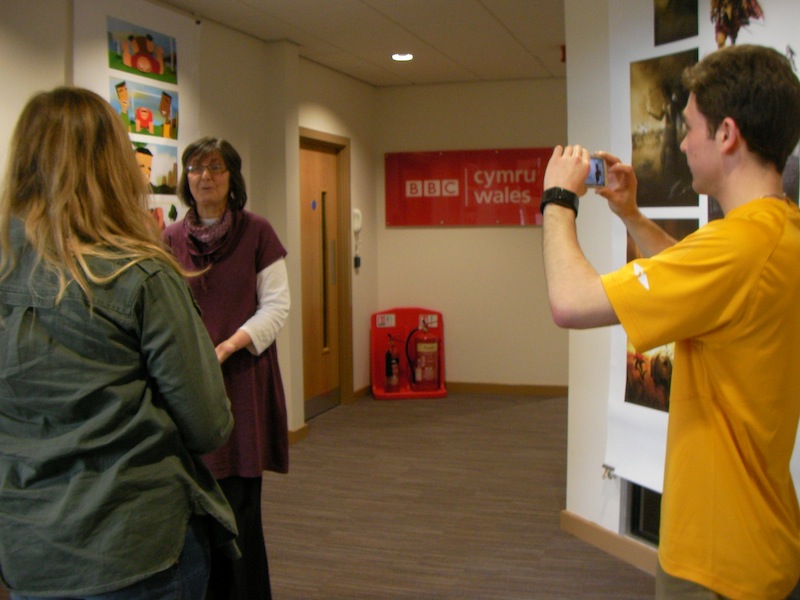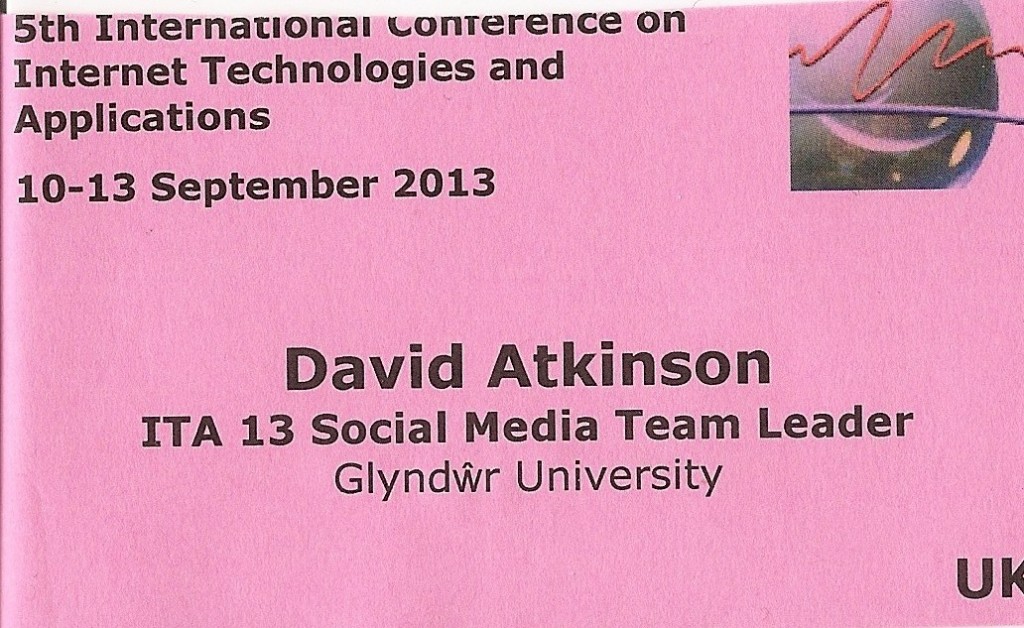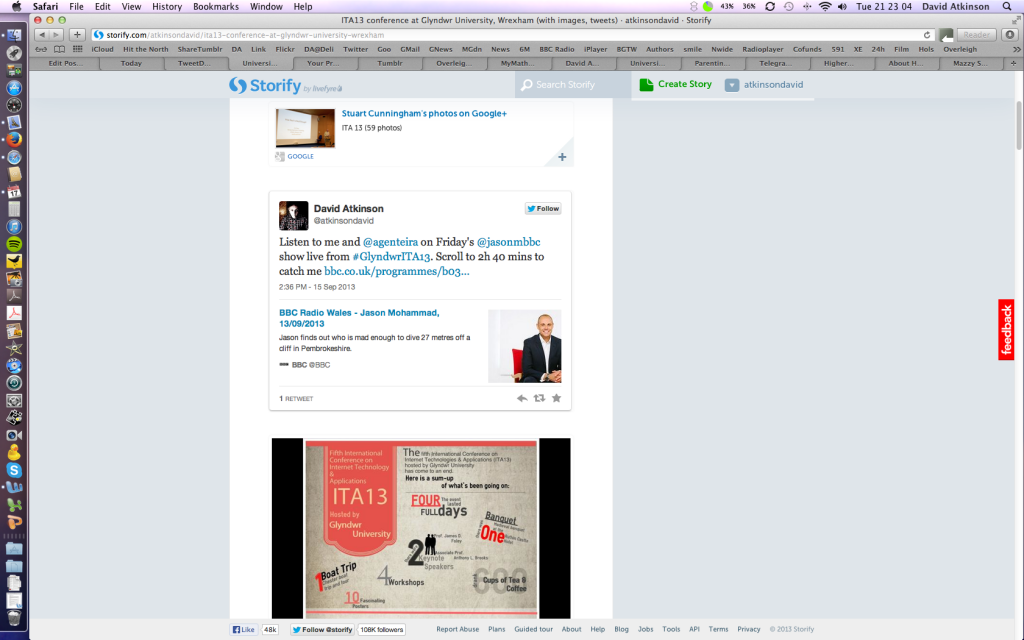I’m a convert to live blogging.
The real-time reporting of fast-changing events, posted to blogs and pushed via social networking sites, is the latest buzz in the high-octane world of online news.
I used to think it was a fad. But just as Twitter broke the story of the Mumbai terrorist bombings in November 2008, live blogging has this year been crucial to breaking news about the Arab spring.
Fast moving
Live blogging, characterised by its real-time invitation for readers’ comment, an ability to move the story on quickly and link to external sources for wider discussion, now makes rolling TV news look positively passé.
As Matt Wells, formerly the Guardian’s blogs editor, recently noted: “They [live blogs] provide a useful way of telling stories characterised by incremental developments and multiple layers.”
As a lecturer in multimedia journalism, I’ve encouraged my students to follow the rise of live blogging. But I’ve also started to see how it can feed directly into the classroom – and not just for journalism students.
By fostering a spirit of collaborative interaction rarely seen in a typical tutorial, it engages students in a new and dynamic way.
Practical work
In March I made my first foray, live blogging the Guardian Changing Media Summit while my students posted questions and comments via Twitter.
Initially it was about leading by example. It’s one thing to tell students about differences between print and online journalism, but far better for me to post a living, breathing set of examples to my website.
Next I led a team of students live blogging a major event at the university. We posted the results live to the campus blog, combining news-led reporting with more chatty human-interest material.
This time it was about engagement and I was pleasantly surprised that the enthusiasm of students was palpable.
Learning points
So what did I learn from this exercise to make live blogging work for undergraduates?
For starters, a live-blogging exercise works best with the students divided into teams – the first is charged with news gathering, the second takes a reporting role, writing live news stories.
Next comes a team to push the content. I asked a couple of web-savvy students worked on pushing freshly posted content out via social networking sites, such as Twitter.
Finally, we needed an editor and I took the role this time. It needs someone tied to the computer to cast a second-pair of eyes over everything before it goes live, add links, embed multimedia and caption images.
In hindsight, I would also suggest appointing an editor in chief to take the overview and maintain a strong sense of context throughout the exercise while everyone else is frantically running round, posting content, tweeting and downing coffee.
Live bogs can take on a confusing, stream-of-consciousness feel, so it’s important to keep a strong thread of progression through the blog.
Making history
From the students’ perspective, it fosters communication skills, improves working to deadlines and builds confidence about conducting interviews.
Our students ended the day with a new sense of professionalism. They acted as ambassadors for the university in the way they conducted themselves on the day.
Personally, I found that live blogging teaches students about leveraging the strengths of the online medium – links, image galleries and video to build a story.
It also demonstrates the power of building a community.
By the end of the day I was sick of staring at the screen. But I felt satisfied that students had a decent selection of cuttings for their portfolio.
And, in our own little way, we had made a little piece of history.
* This story was first published on the Guardian Higher Education Network website in 2011 under the headline Using live blogging to enhance student learning.




